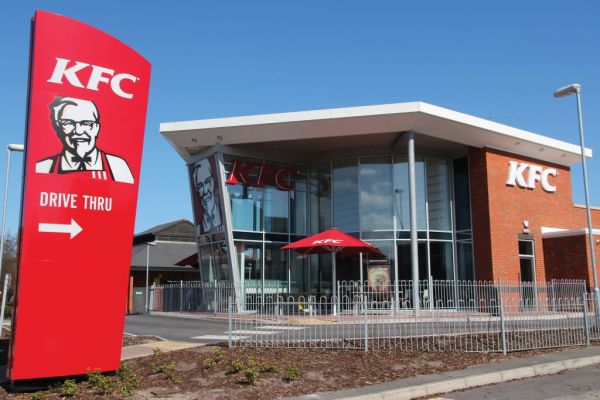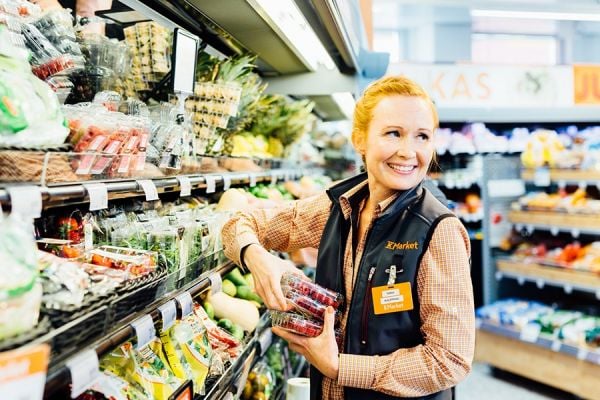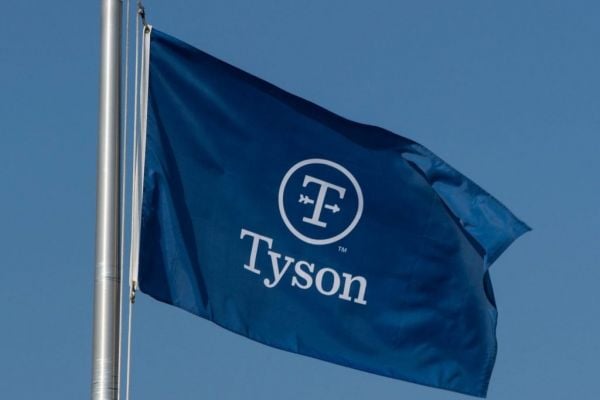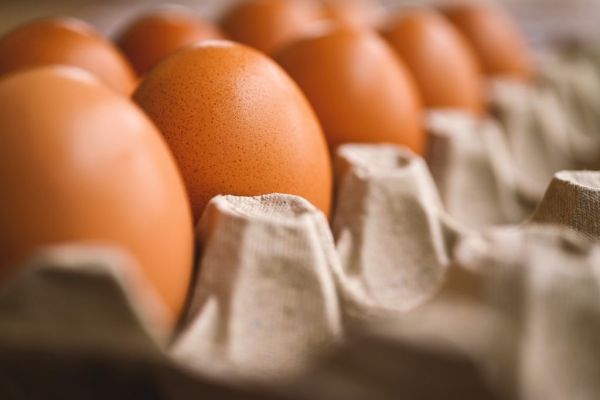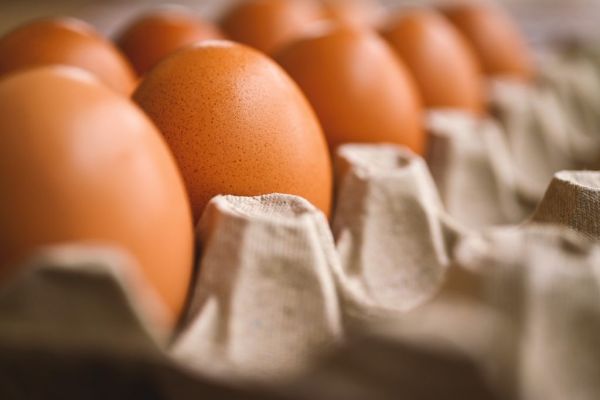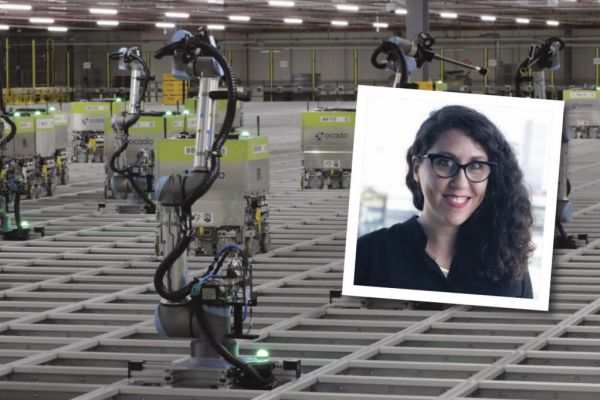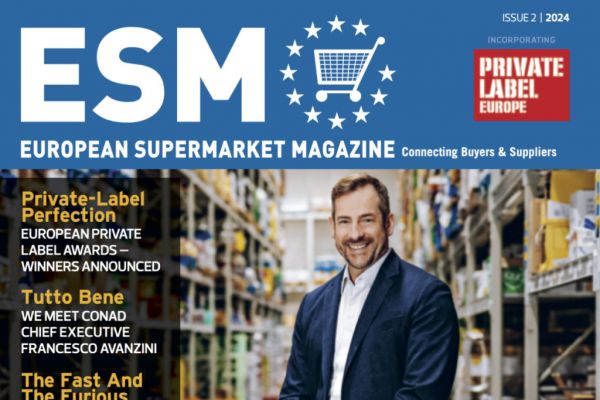Nick Peksa, managing director, Cost Insights Limited, examines the poultry supply chain and asks whether current systems can support consumer demand for chicken and associated meats. This article first appeared in ESM Issue 2 2018.
Over the last few years, the food industry has seen some spectacular examples of systematic failures in the supply chain, leading to major disruptions of service.
This is nothing new. In fact, it has been happening for years.
In 1999, for example, Hershey’s missed Halloween. The company spent more than $100 million on a new order management, supply-chain planning and CRM system to transform its IT infrastructure and logistics capabilities. It failed – right at the critical moment when it needed to supply large volumes of product.
The most recent supply chain failure involved KFC. In mid-February, KFC’s new logistics partner struggled to get refrigerated chicken from its single warehouse in the UK Midlands to franchisees’ locations. This resulted in the group having to close two thirds of its UK stores due to a lack of product.
The problems were attributed primarily to a closed arterial motorway, however, we should probably assume that there were a number of systematic issues also at play: possible automation failures, distribution, lack of contingency plans, and so forth.
The Supply Of Chicken
The objective of any supply chain is to meet the requirements of the end customer by supplying appropriate products and services when they are needed at a competitive cost. Doing this requires the supply chain to achieve appropriate levels across five operational performance objectives: quality, speed, dependability, flexibility and cost.
These objectives will be similar for both retailers and quick-service restaurants, however, dependability will be a critical objective for a chicken restaurant.
The whole supply chain for chicken starts around 12 months before we ever see a finished chicken. The supply chain starts with the farmer growing crops. He will need seed, land, equipment, a workforce, fertiliser, logistics … the list goes on.
Once the cereals have been harvested, they are transported to the feed mills. This is the critical cost point for the consumer, as feed accounts for around 70% of the cost of the processed chicken.
In order to get a chick from hatching to slaughter, a chicken requires 40 days of feeding (dependent on feed, species, etc.).
A generic broiler feed is normally broken down into a number of components, with 50% of the volume comprised of cereal crops and the remainder made up of oilseed meals, food industry by-products, minerals, vitamins, additives, oils and fats.
A further 20% of the costs incurred are related to chick placements – buying the chick from the hatchery and placing it into a grow-out barn. The remainder of the cost of growing a chicken is attributed to medicine, energy, water, labour and transportation.
Megafarms
As a matter of efficiency, much of the UK’s poultry production comes from US-style ‘megafarms’. There are around 800 of these currently dotted throughout the UK. To put their size into context, some of these farms could place up to 1.7 million chickens at a time.
Currently, the UK slaughters around one billion chickens per year, so a lot of chicken feed is required. As feed is the primary cost driver of chicken, where may it go in 2018?
Market View Of Feed Prices
I will hold firm with my view that prices are set to increase this year. The 2017/18 harvest of feed cereals was down on the previous year, so no further stocks were accrued. There has also been a strong demand for cereals from Asia (maize) and North America (barley).
When assessed in conjunction with increased fuel costs, an increase in global trade and a tentative outlook for next year’s harvest, I conclude that there is potential for a 2-3% price increase for chicken in mid-2018.
Closing Thoughts
From an operational perspective, both of the cases mentioned (Hershey’s and KFC) may have been preventable by assessing the risk to the businesses. Perhaps, in these cases, systems and suppliers could have been run in parallel.
When reviewing what went wrong, I suggest that the initial trade-off was between cost and dependability. For the chicken market, in particular, perhaps greater supply chain savings could have been made by controlling the feed pricing going into the chicken?
Either way, I am sure both the logistics supplier and KFC had some key takeaways from this experience – just, sadly, not from their own stores.
For more information, contact [email protected].
© 2018 European Supermarket Magazine – your source for the latest retail news. Article by Nick Peksa. To subscribe to ESM: The European Supermarket Magazine, click here.
